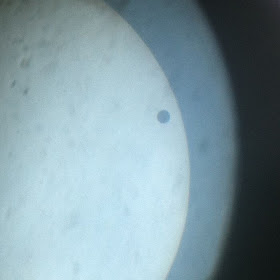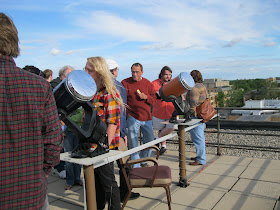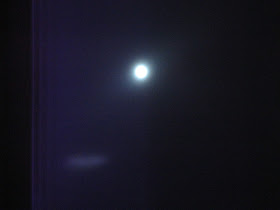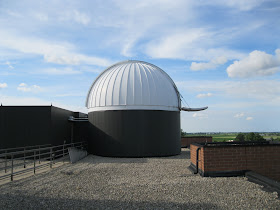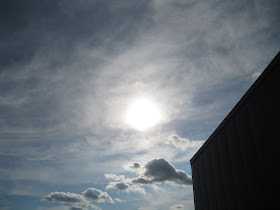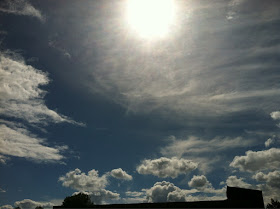These two images were my longest star trail stacks to date, the first with 107 and the second with 109 stacked images (15 sec exposure each). My plan was to tape the shutter down and let the battery die, but I came out to find my first exposure had stopped because the tape lost its grip after an hour and a half or so.
My second image began at around 2:00am and went until the battery died. I taped the shutter down while the camera was on a table instead of pressing down on the camera while mounted on the tripod, this let me press down with more force to secure the shutter with my mechanical pencil eraser.
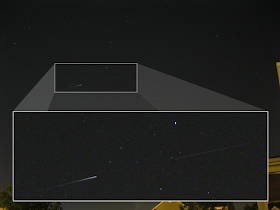 |
| Possible Iridium flare cut off by my camera between exposures |
Here is a close-up of an object in the first photo that does not appear to be a plane like the rest of the lights. My guess would be that this is a satellite coming into view that is cut off by the 15 sec exposure. This seems to fit the description of an Iridium flare coming into view and fading out again without traveling very far across the sky. The
Iridium flare on Wikipedia shows a 30 second exposure that matches the beginning and end of my flare, which was cut in half by the camera's processing time.
Update: Tracking backwards on the Heavens Above website, I concluded this was, in fact, Iridium 80 at 11:30pm at 30 deg elevation.
I don't usually let to take photos until the battery dies, because I'm nervous about leaving my camera out in front of my apartment complex. That's why it was such a treat to visit my brother at his house in Fishers, because I could let my camera go and go!
Here's a picture of my brother learning how to do star trail photography with his Nikon D3000. His trails didn't turn out as good as mine, but he's just beginning!
 |
| Brian getting into astrophotography for the first time |
He was so excited, we even got up on the roof to check out the view - deciding later that the roof was too steep for a tripod observatory.
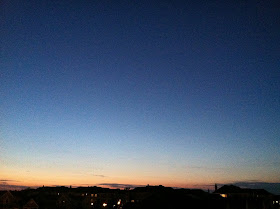 |
| Rooftop view of Fishers, IN taken with iPhone at 9:53pm |
Finally, here is a video showing the creation of the star trails. I saved each composite image in StarStaX so the trails appear to grow over time.
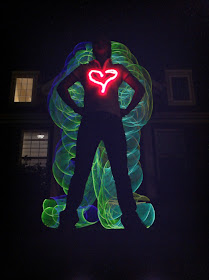
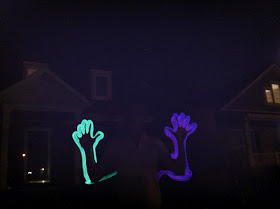








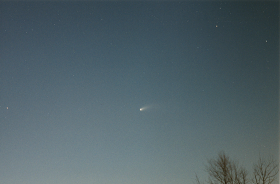

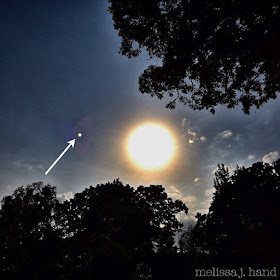
.JPG)
.JPG)
